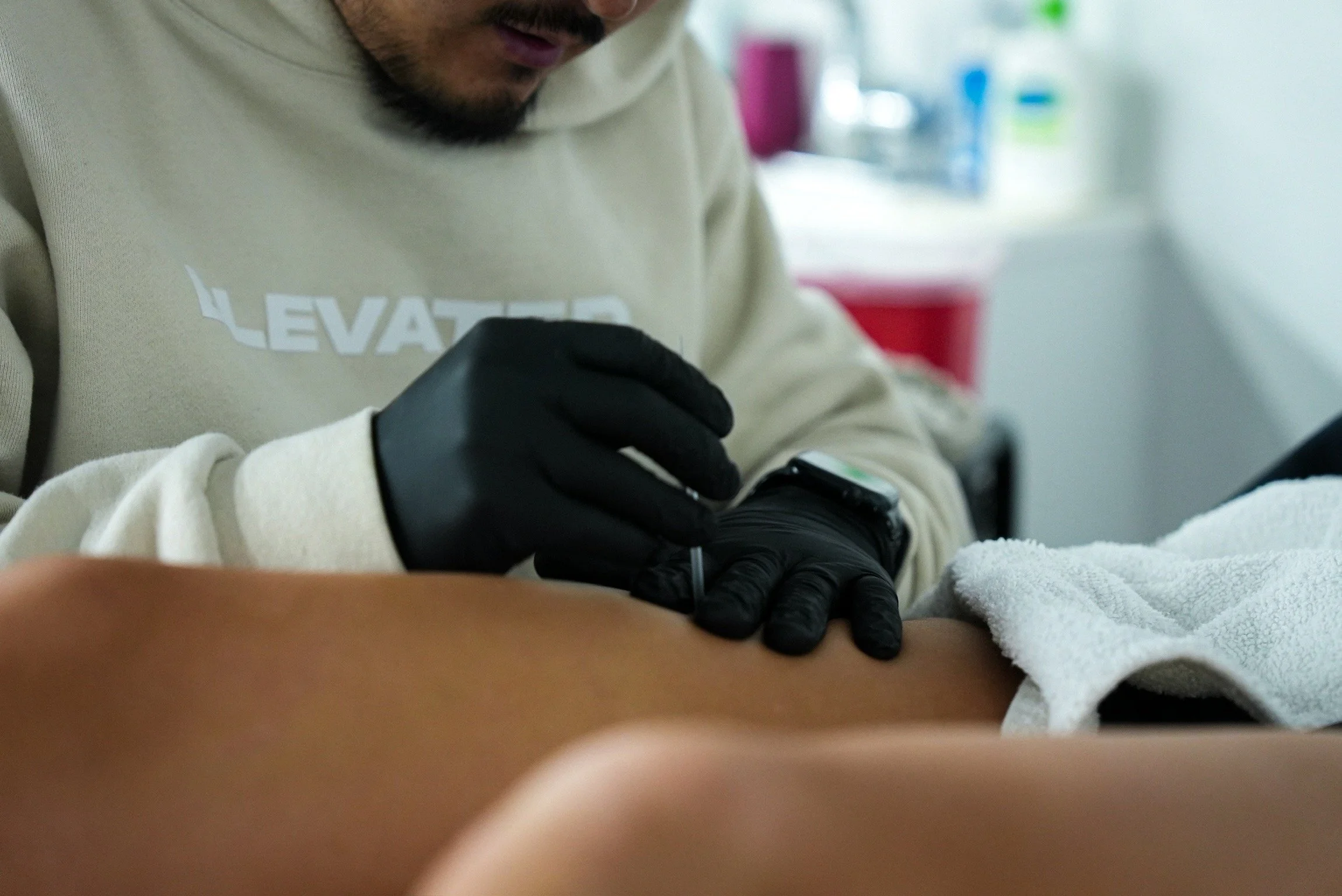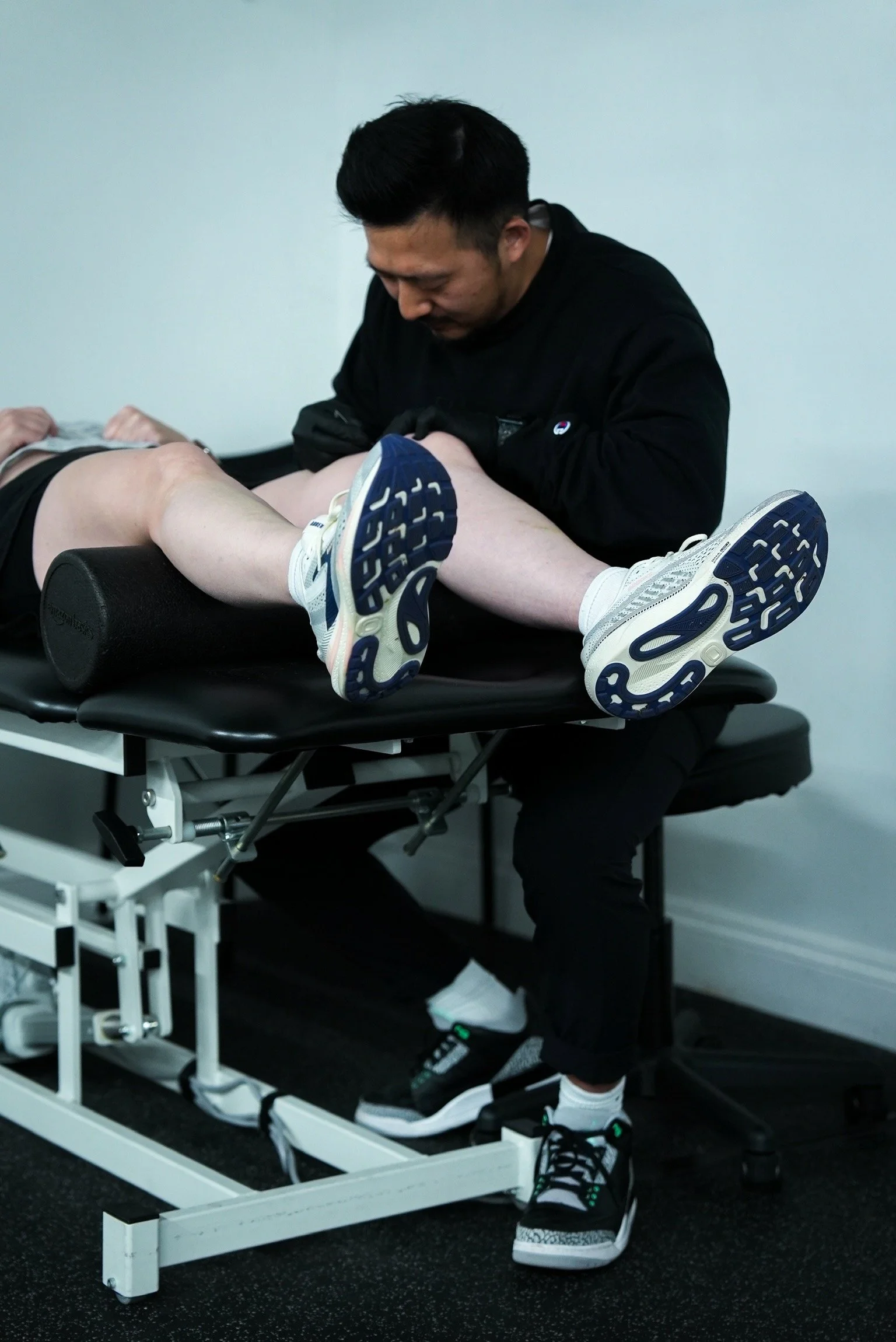
DRY NEEDLING
What Are the Benefits of Dry Needling?
Dry needling is a modern and evidence-based treatment technique used by licensed physical therapists to address muscular pain, movement dysfunction, and neuromuscular conditions. It involves inserting thin, sterile, monofilament needles into trigger points—tight bands of muscle or “knots”—that can cause pain, limit mobility, and affect performance.
Pain Relief and Muscle Relaxation
One of the primary benefits of dry needling is rapid pain relief. By targeting trigger points and dysfunctional muscles, dry needling can help reduce muscle tension, release built-up knots, and deactivate pain-referring trigger points. Many patients experience an immediate improvement in symptoms, especially in conditions like neck pain, lower back pain, shoulder tightness, or sciatica.
Improved Mobility and Flexibility
Tight or overactive muscles often restrict range of motion. Dry needling helps release these restrictions, promoting improved flexibility and joint mobility. This is especially beneficial for athletes, post-surgical patients, and individuals recovering from injury who need to restore full function to affected areas.
Enhanced Healing and Recovery
Dry needling increases blood flow and triggers a local healing response. The tiny micro-lesions created by the needle stimulate the body’s natural healing process, enhancing tissue repair, reducing inflammation, and improving cellular function. This makes it a powerful tool for speeding up recovery from both acute and chronic injuries.
Better Muscle Function and Performance
When muscles are overloaded, injured, or underused, they can develop dysfunctional firing patterns. Dry needling helps reset these patterns by restoring proper muscle activation and neuromuscular control, making it a valuable treatment for performance enhancement and injury prevention, especially in athletes.
Complement to Physical Therapy
Dry needling is not a standalone treatment but works best when combined with a comprehensive physical therapy program. It complements manual therapy, corrective exercises, and movement training by helping reduce pain and improve tissue health, allowing patients to move better and progress more quickly in their rehab.



